Driving the future: Europe-Asia Automotive Innovation Forum closes at IAA Mobility 2025
On September 11, the Europe-Asia Automotive Innovation Forum—an official event of IAA Mobility 2025 co-hosted by Gasgoo and global automotive data and benchmarking company A2MAC1 — successfully concluded in Munich, Germany.
Europe has long held a pivotal role in the global automotive landscape. As the birthplace of the automotive industry, this region has nurtured numerous internationally renowned brands and remains a vital hub for technological innovation and industry competition. According to the European Automobile Manufacturers' Association (ACEA), automobile sales in Europe—including the EU, the UK, and EFTA countries—reached 12.96 million units in 2024, a year-on-year increase of 0.9%. Sales of new energy passenger vehicles hit 2.95 million units, with a market penetration rate of 22.7%.
Europe and Asia, as each other's core strategic markets, have strong complementary advantages in the automotive industry and enormous potential for cooperation. Currently, both sides are accelerating innovation in areas such as electrification transformation, intelligent mobility solutions, and the construction of green value chains. Cross-border collaboration is driving the entire industry chain toward deeper win-win development. An increasing number of Eurasian automakers are achieving mutual empowerment through technical cooperation, joint research and development, and localized operations, which not only promotes regional industrial upgrading but also reshapes the global automotive industry ecosystem.
The forum focused on key industry themes including "Pathways for Eurasia automotive industrial synergy," "Breakthroughs in intelligent connectivity and electrification," "Sustainable supply chain architecture," and "Win-win models for cross-regional market development." Senior executives and experts from Europe and Asia — including representatives from the German Association of the Automotive Industry (VDA), Wuhan East Lake High-tech Development Zone Administrative Committee, A2MAC1, Gasgoo, Toyota Motor, Changan Automobile, NIO, Bosch, KOSTAL, OPmobility, MANN+HUMMEL, Telenor IoT, ThunderSoft, Johnson Electric, Neusoft, Black Sesame Technologies, MINIEYE, iMotion, QCraft, Boston Consulting Group, SANCEV and cs Beratung — shared insights on technology innovation, industrial collaboration, and the future of smart mobility.
Through in-depth discussions and case studies, the forum fostered a new development framework for co-creation in technology, shared ecosystems, and joint market expansion across the Eurasian automotive industry.
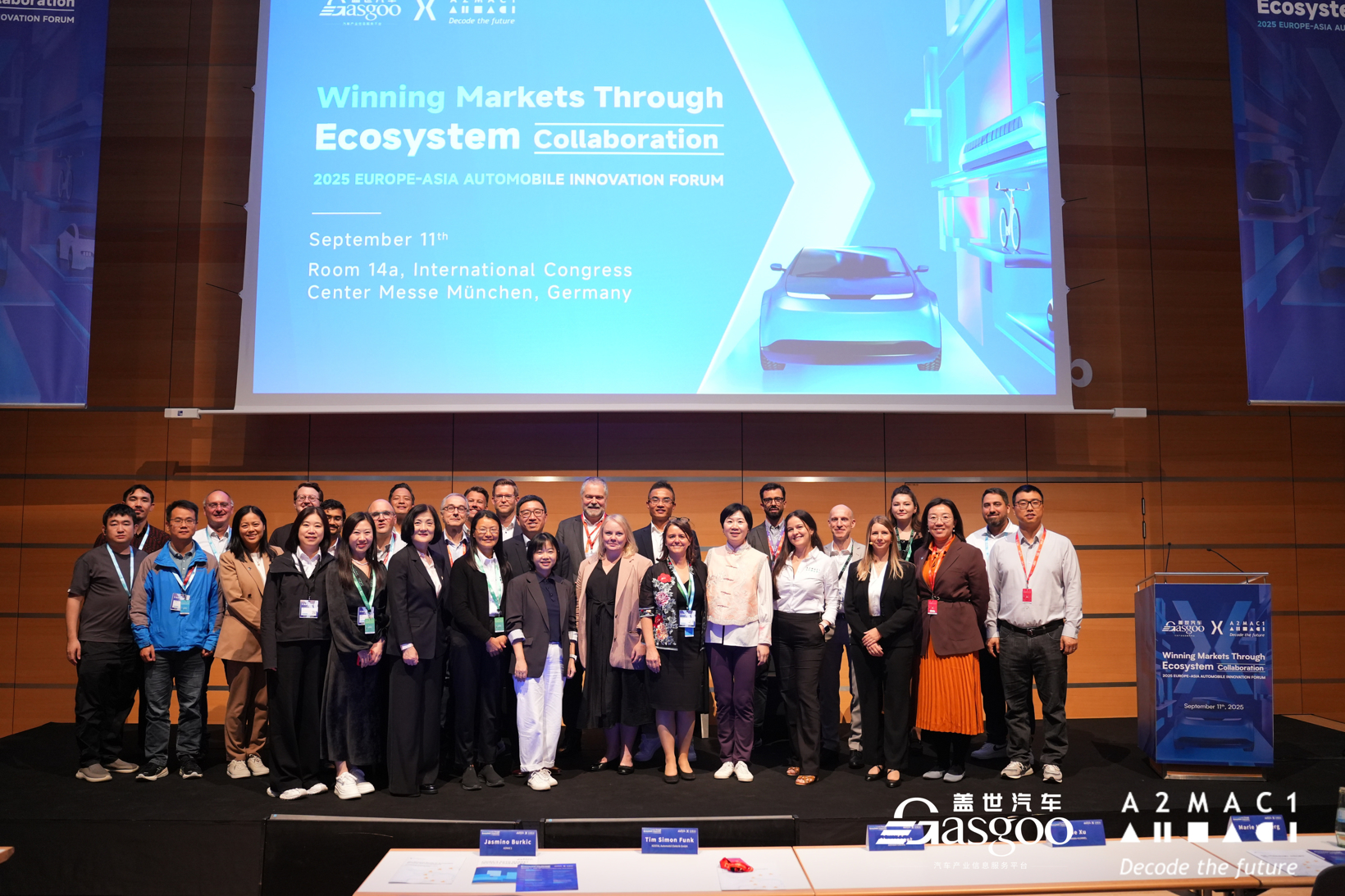
At the opening of the forum, Angela Mans, Head of Foreign Trade and International Relations at the German Association of the Automotive Industry (VDA); Jasmino Burkic, CRO of A2MAC1; Qingyu Pan, Deputy Director of the Wuhan East Lake High-Tech Development Zone Administrative Committee; and Tina Zhou, CEO of Gasgoo GmbH, delivered welcome remarks, extending a warm reception to all participants.
Qingyu Pan, Deputy Director of the Wuhan East Lake High-Tech Development Zone Administrative Committee, noted that Optics Valley is striving to seize emerging opportunities in the intelligent connected vehicle (ICV) sector. Centered on the integration of optical technology and vehicles, the zone focuses on key areas such as ADAS, smart chips, automotive software, navigation and positioning, and smart cockpits, and is already home to more than 2,500 core enterprises.
Leading companies including Baidu, Xiaomi, Huawei, JIMU Intelligent, Black Sesame Technologies, and Baolong Technology have established operations in the area. As an open and dynamic hub, Optics Valley is dedicated to streamlining investment procedures for foreign businesses and has built trade partnerships with 190 countries and regions worldwide. Pan emphasized that Germany remains a global benchmark in automotive manufacturing and intelligent vehicle technologies, and expressed hope to work hand in hand with partners from Germany and around the world to explore new technologies for intelligent connected vehicles. Optics Valley, he added, welcomes global enterprises to invest with its openness, premium resources, and comprehensive services.
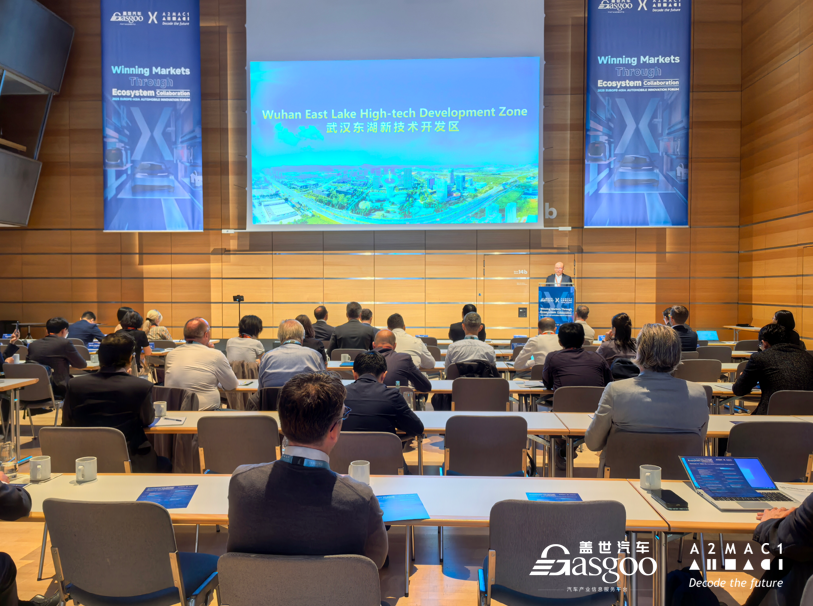
Qingyu Pan, Deputy Director of Wuhan East Lake High-tech Development Zone Administrative Committee
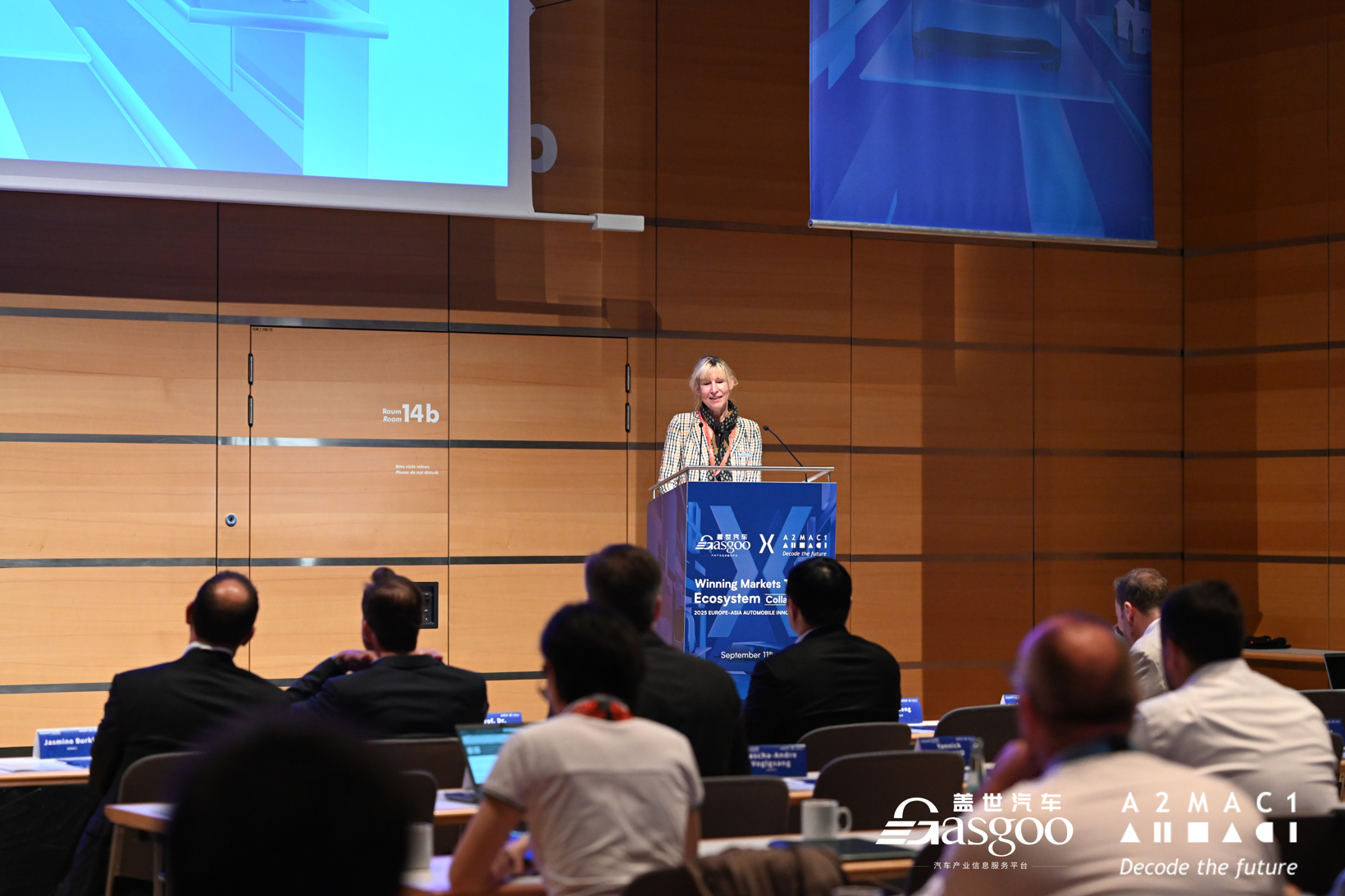
Angela Mans, Head of Foreign Trade and International Relations, VDA
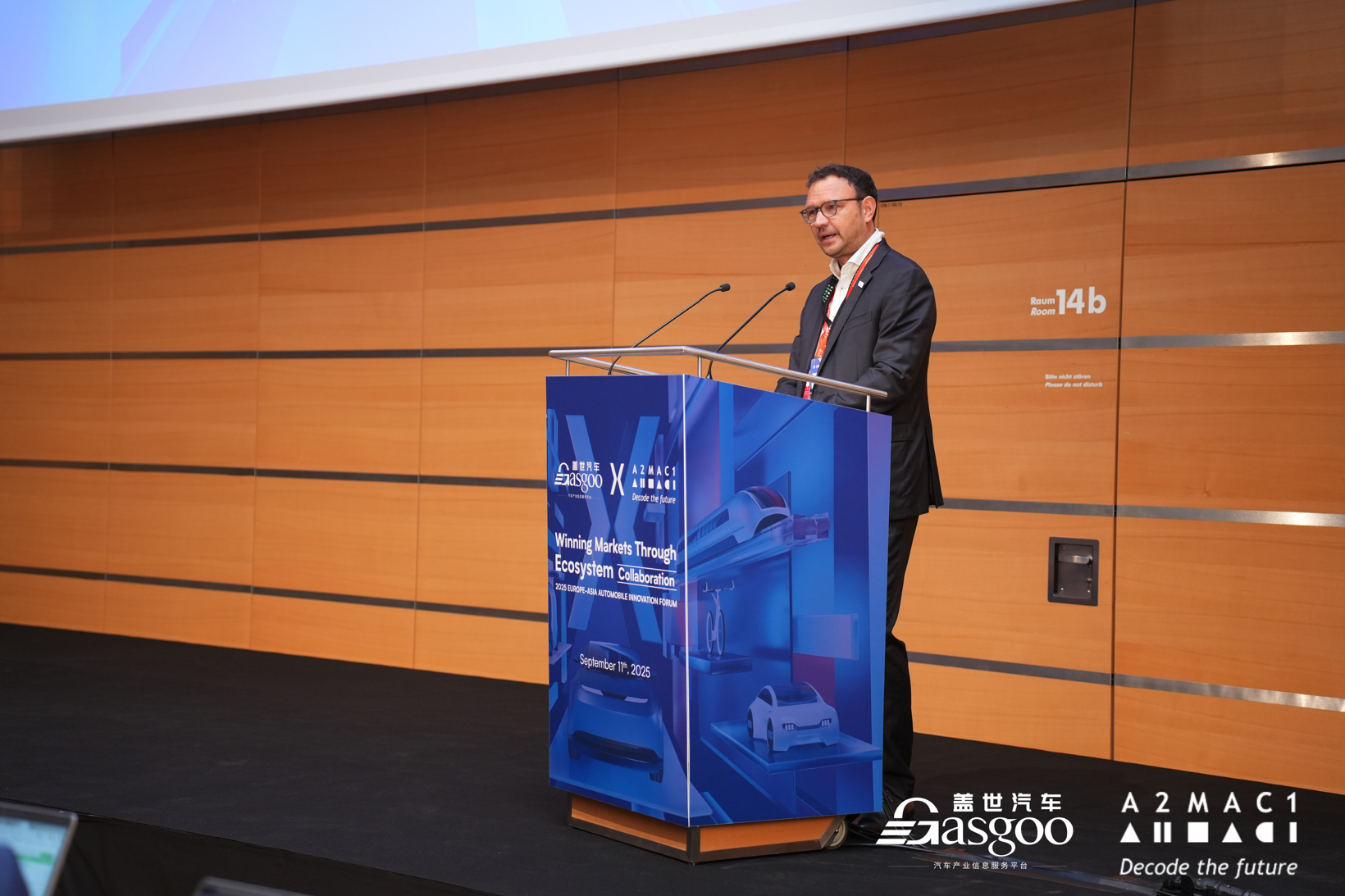
Jasmino Burkic,CRO of A2MAC1
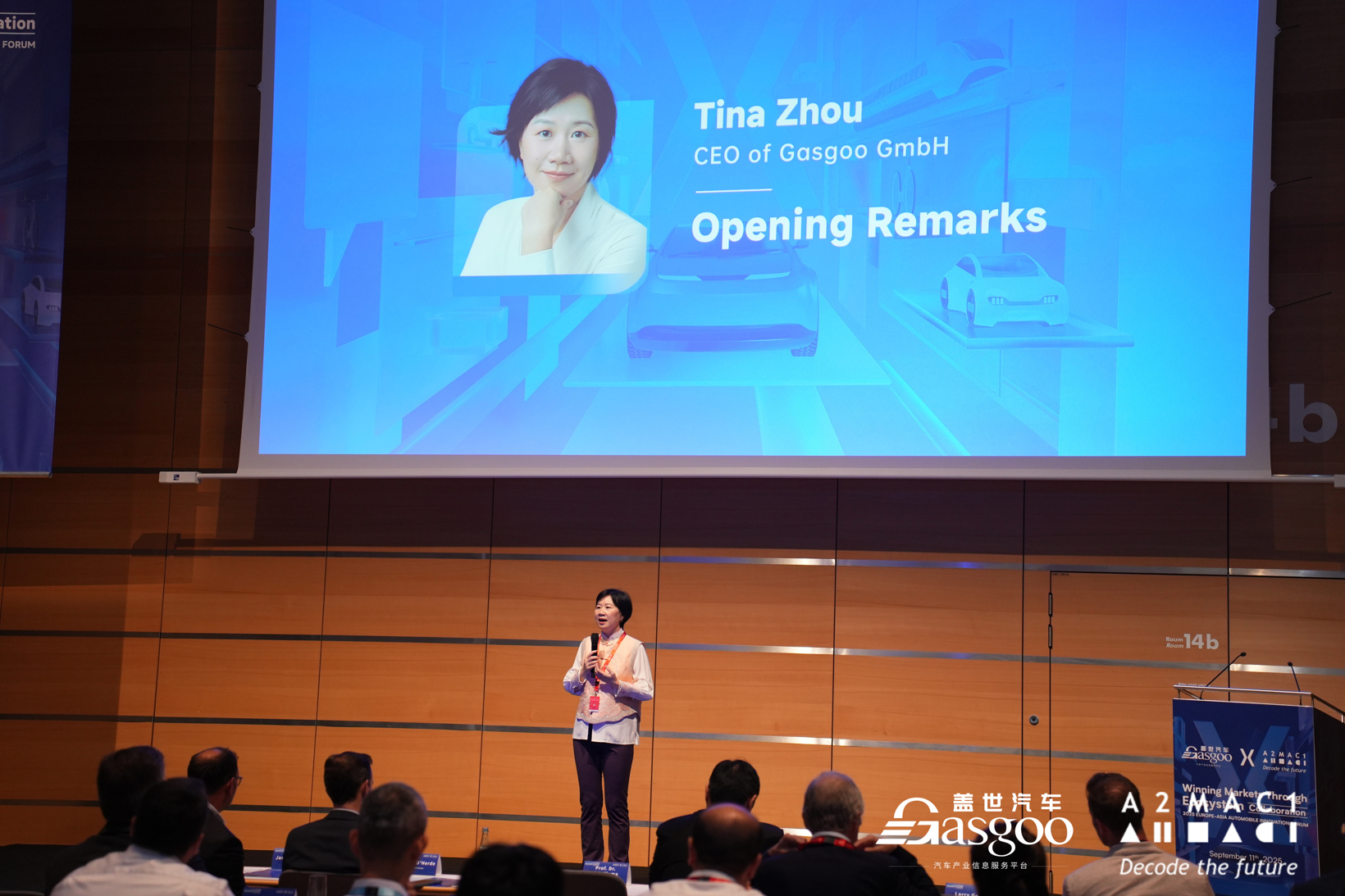
Tina Zhou, CEO of Gasgoo GmbH
Keynote Session
Analysis of the Competitiveness of China Electric Vehicle Industry
Tina Zhou, CEO of Gasgoo GmbH, highlighted that China's intelligent electric vehicle (EV) sector benefits from a comprehensive policy framework, a robust industrial ecosystem, and an abundant pool of talent that fuels cross-sector innovation.
She noted that China's policy framework spans multiple dimensions. Industry regulation covers areas such as new energy vehicle (NEV) production access, the dual-credit system, and battery recycling. Technology development is supported by national science and technology programs and dedicated funding initiatives. In infrastructure, the government has issued guidelines for charging facilities, electricity pricing, and development roadmaps. Fiscal incentives include subsidies and pilot projects promoting NEV adoption, as well as tax reductions and exemptions on vehicle and corporate income taxes.
On the innovation front, China's talent dividend and cross-industry dynamism are key drivers. A steady stream of engineers continues to enter the workforce, with over 10 million university graduates in 2024 alone and strong talent reserves in electronic engineering, chemistry, and software. Technology leaders such as Huawei and Baidu are advancing user scenarios, experience, and iterative design. A powerful wave of tech entrepreneurs—many with internet or high-tech backgrounds and a track record of serial entrepreneurship—is bringing bold ideas and a willingness to take risks, as seen in the founding of XPENG and Li Auto. China's innovation capacity is also reflected in R&D intensity, which reached 2.68% in 2024 with more than RMB 800 billion invested in key research. Since 2020, China has led the world in PCT patent applications, while leading NEV manufacturers such as NIO and Xpeng also rank among the top in R&D spending.
Speeding Up Benchmarking: Fueling Value Creation through AI-generated Insights
Dr. Jingbo Wu, Head of Product at A2MAC1, stated that the company has been dedicated to providing competitive benchmarking and insight services to its clients for more than 26 years. He emphasized A2MAC1's vision to shape the future through data and deep insights — shifting from passive observation to proactive engagement, decoding emerging trends, and driving progress together with its partners. Drawing on extensive cross-industry experience and unrivaled expertise in benchmarking, A2MAC1 makes technologies more transparent, deeply analyzes materials, and transforms data into true strategic advantages. Committed to global development and cross-industry collaboration, the company continues to decode the future and fuel innovation through knowledge. Its end-to-end services help customers identify better market opportunities and maintain a lasting competitive edge.
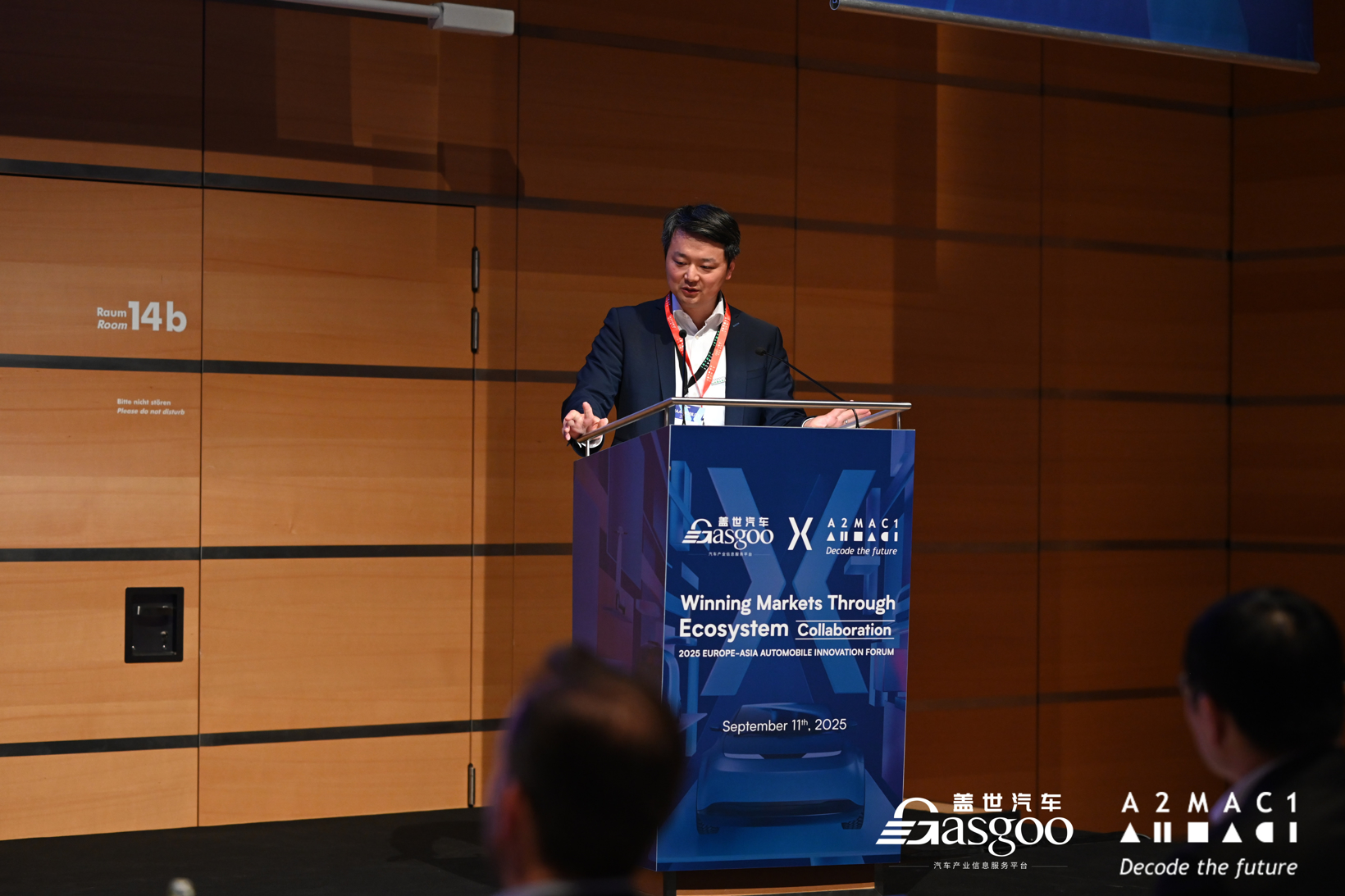
Dr. Jingbo Wu, Head of Product, A2MAC1
Together for the Long Run: Sharing, Building, Belonging
Yi Yin, Executive Deputy General Manager of the Europe Business Unit at Changan Automobile, remarked that while Changan has a long history in its home market, its journey in Europe is relatively new but guided by a long-term vision. The company has already introduced the Deepal S07 and Deepal S05 to European customers and plans to expand into ten European countries by the end of this year.
Yin noted that Changan enters Europe with a philosophy of "growing together," seeking to learn from Europe's leadership in engineering, sustainability, and green policies while sharing its own innovations. For example, the Deepal S07 has undergone more than five million kilometers of global road testing and over 150 custom adjustments tailored to European driving habits. "It is not just a car," he said, "but a safety commitment to European consumers." Beyond technical excellence, Changan aims to build lasting user relationships through its "withU" service ecosystem — delivering seamless charging solutions, responsive service support, and customer experiences that go beyond traditional car ownership.
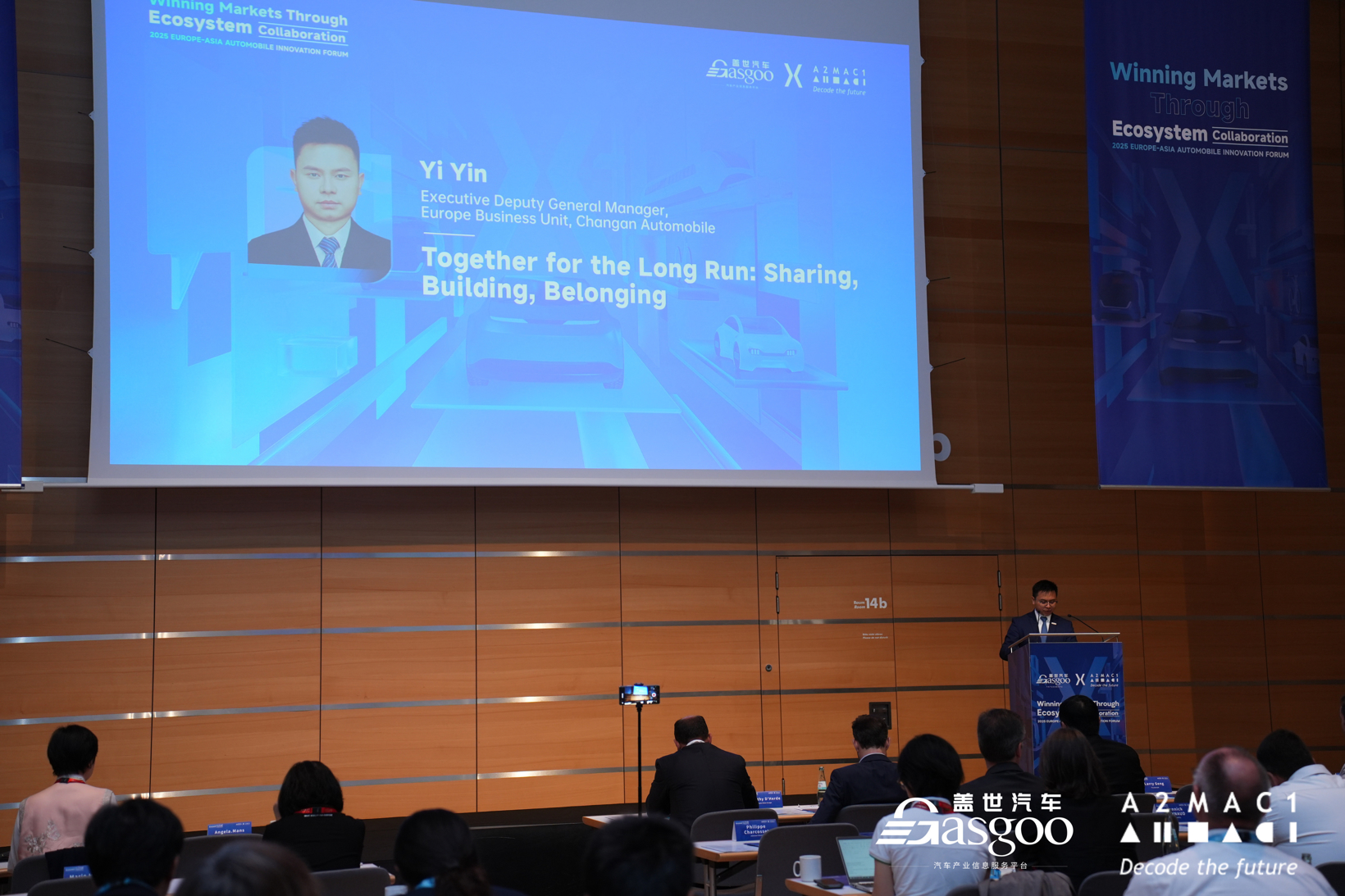
Yi Yin, Executive Deputy General Manager, Europe Business Unit, Changan Automobile
Mobility for All: Toyota’s Multi-Pathway Approach to Carbon Neutrality
Timothy D'Herde, Head of Powertrain R&D at Toyota Motor Europe, emphasized that as the automotive industry accelerates toward decarbonization goals, Toyota stands out with its multi-pathway strategy—balancing battery electric, hybrid, and hydrogen technologies to meet diverse market needs. He shared insights into the rationale behind this diversified roadmap, the role of hybrid powertrains in Europe's transition, and the future direction of hydrogen mobility.
D'Herde noted that with the European Union's 2035 internal combustion engine ban approaching, battery electric vehicles (BEVs) have become the mainstream choice, and hybrids are often viewed as peripheral. From Toyota's perspective, however, real-world CO₂ reduction is paramount. Hybrid electric vehicles (HEVs) and plug-in hybrid electric vehicles (PHEVs) play a vital role in achieving tangible emission cuts — especially in regions with limited charging infrastructure — and can accelerate the decarbonization process.
Beyond next-generation hydrogen fuel cell sedans, hydrogen also shows strong potential in light commercial vehicles and even motorsport. In Europe, key questions remain about where fuel cell electric vehicles (FCEVs) can achieve the fastest and most scalable breakthroughs — in passenger cars, heavy-duty transport, or stationary power generation — and which partnership models are critical to building a viable hydrogen ecosystem. On these pressing topics, D'Herde shared a forward-looking perspective.
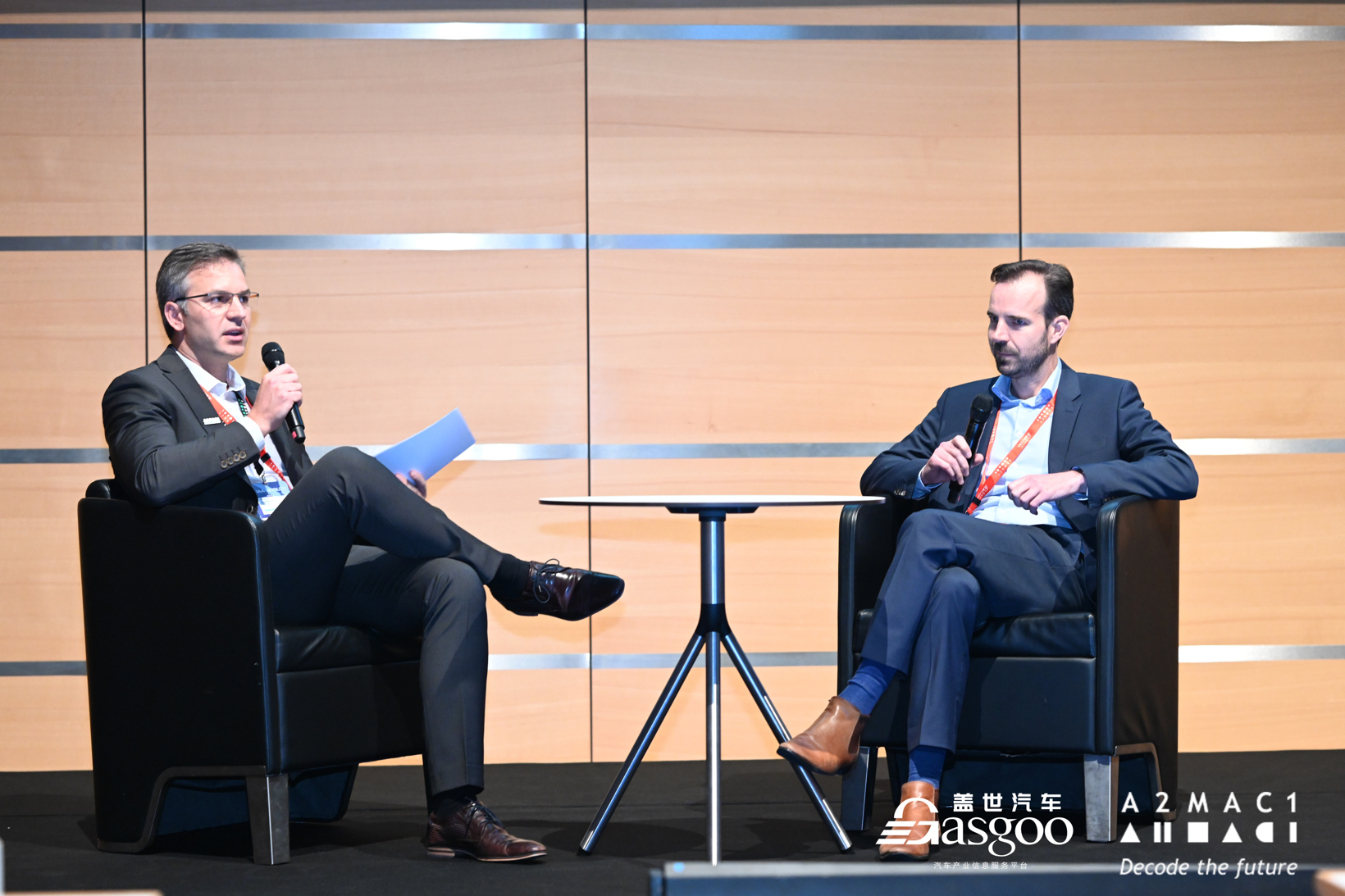
Timothy D'Herde, Head of Powertrain R&D, Toyota Motor Europe (pictured right)
This session also featured Prof. Dr. Dirk Slama, Vice President at Bosch and Chairman of digital.auto, who delivered an insightful presentation on "Total Cost of Ownership of Software-Defined Vehicles — Legacy E/E Architectures vs. New Zonal Architectures from a TCO Perspective."
Session A:Future Automotive Cockpits and AI
MANN+HUMMEL Leads a New Era of Air Purification in Smart Cabins
Jie Xu, President and General Manager of the Passenger Vehicle Division at MANN+HUMMEL, stated that with the rise of electrification and intelligent mobility, the smart cockpit has become a central hub connecting vehicles to intelligent transport and smart cities. User expectations for safety, health, and comfort are growing, and MANN+HUMMEL is using intelligent sensors, AI-driven product development, and supply chain management to turn innovations into practical solutions for cleaner, safer, and more enjoyable in-car environments.
Xu added that by integrating intelligent sensing, big data, and AI into products and systems, the company is moving from "clean air" solutions to "intelligent protection," focusing on user experience as the core of smart vehicles and collaborating with partners to advance smart cockpit air management.
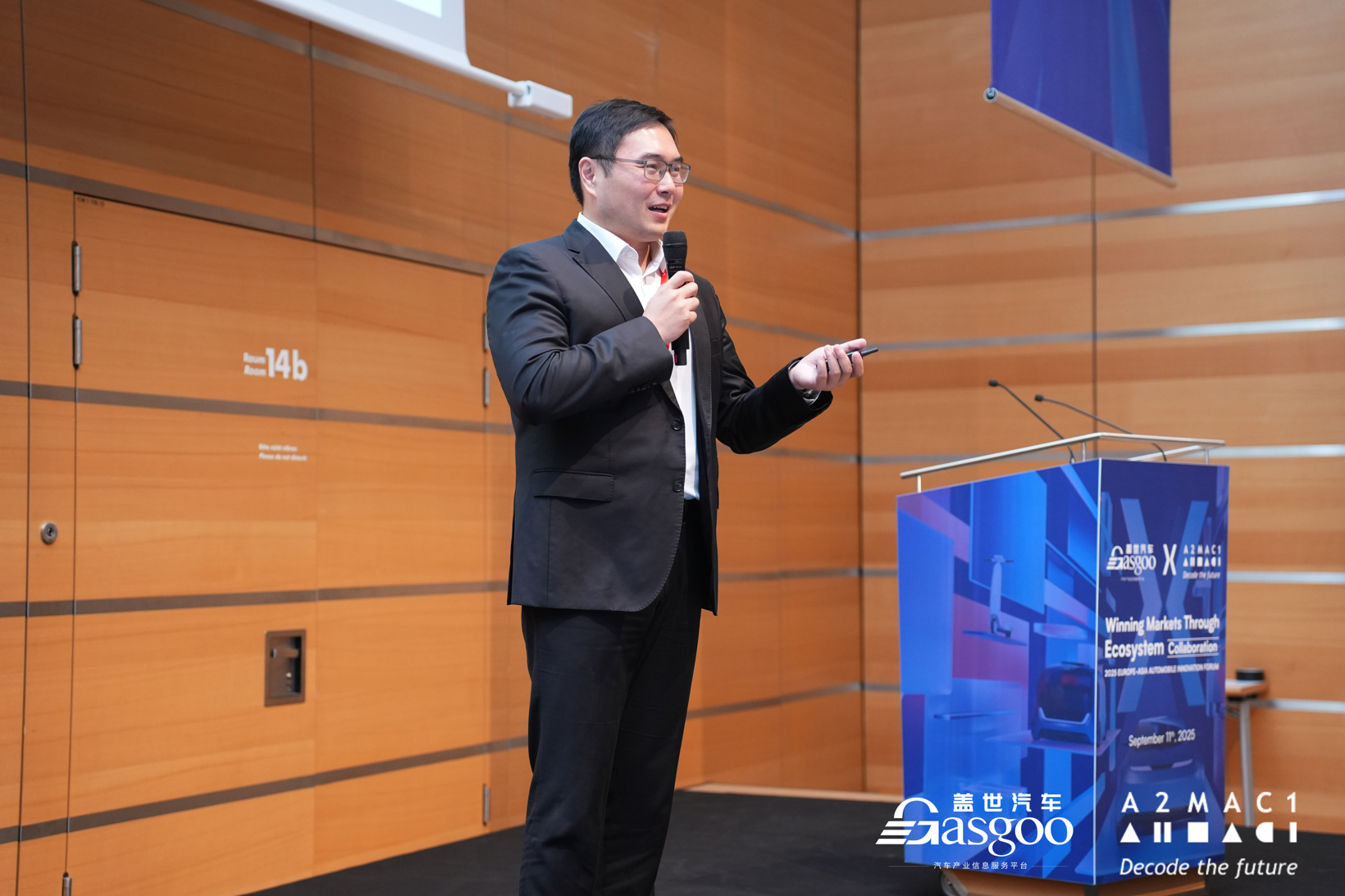
Jie Xu, President and General Manager Passenger Vehicle, MANN+HUMMEL
Neusoft OneCoreGo: Powering the Next Generation of Global Smart Mobility
Jochen Weihgold, Chief Technology Officer (CTO) of Neusoft Technology Solutions GmbH, highlighted that the company focuses on seven key areas: smart cities, healthcare, connected intelligent vehicles, enterprise digital transformation, digital services, global software business, and data monetization, aiming to create customer value through software. He introduced OneCoreGo® — an AI-powered global in-vehicle intelligent mobility solution — which integrates navigation, augmented reality (AR) display, an application ecosystem, a payment hub, and an AI interaction center with advanced semantic understanding and emotional voice cloning capabilities.
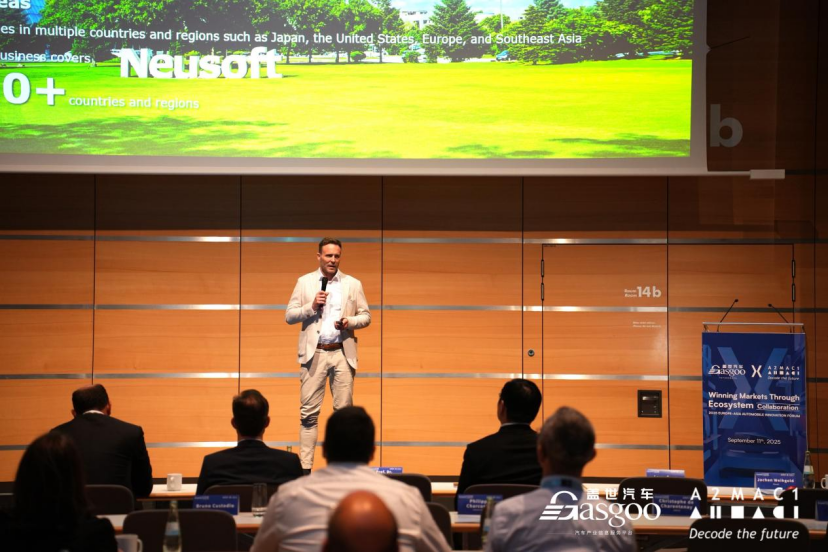
Jochen Weihgold, Chief Technology Officer (CTO), Neusoft Technology Solutions GmbH
ThunderSoft AI OS & AI BOX: Enabling Next-Gen User Experience
Automotive cockpits have undergone three generations of evolution and are heading toward a new future. Pre-2014 functional cockpits relied on ECUs and distributed E/E architectures, with fixed functions controlled solely via physical buttons and knobs. Between 2015 and 2024, smart cockpits centered on general-purpose computing and intelligent operating systems, enabling software-defined vehicles and over-the-air (OTA) updates, supporting touchscreens, voice control, and L2/L2+ ADAS. From 2025 onward, AI cockpits are expected to become mainstream, based on central computing units and AI large language models (LLMs), offering multimodal perception services, natural language interaction, and L3/L4 advanced autonomous driving capabilities.
Larry Geng, Co-founder and Executive President of ThunderSoft, noted that current cockpits face challenges such as poor user experience, insufficient AI computing power, and fragmented software architectures. ThunderSoft's AIBOX and Aqua Drive AIOS provide targeted solutions. AIBOX, powered by NVIDIA Drive AGX Orin, delivers 200 TOPS of computing power and 205 GB/s bandwidth, plug-and-play without requiring hardware modifications. Aqua Drive AIOS builds the cockpit AI architecture, supporting multiple models, agents, and cloud AI options, and features fuzzy intent recognition and AIGC capabilities. Together, they enable services such as FaceID greetings, personalized music preferences, and intelligent parking and payment in driving, parking, and charging scenarios, enhancing user convenience and powering the next-generation automotive experience.
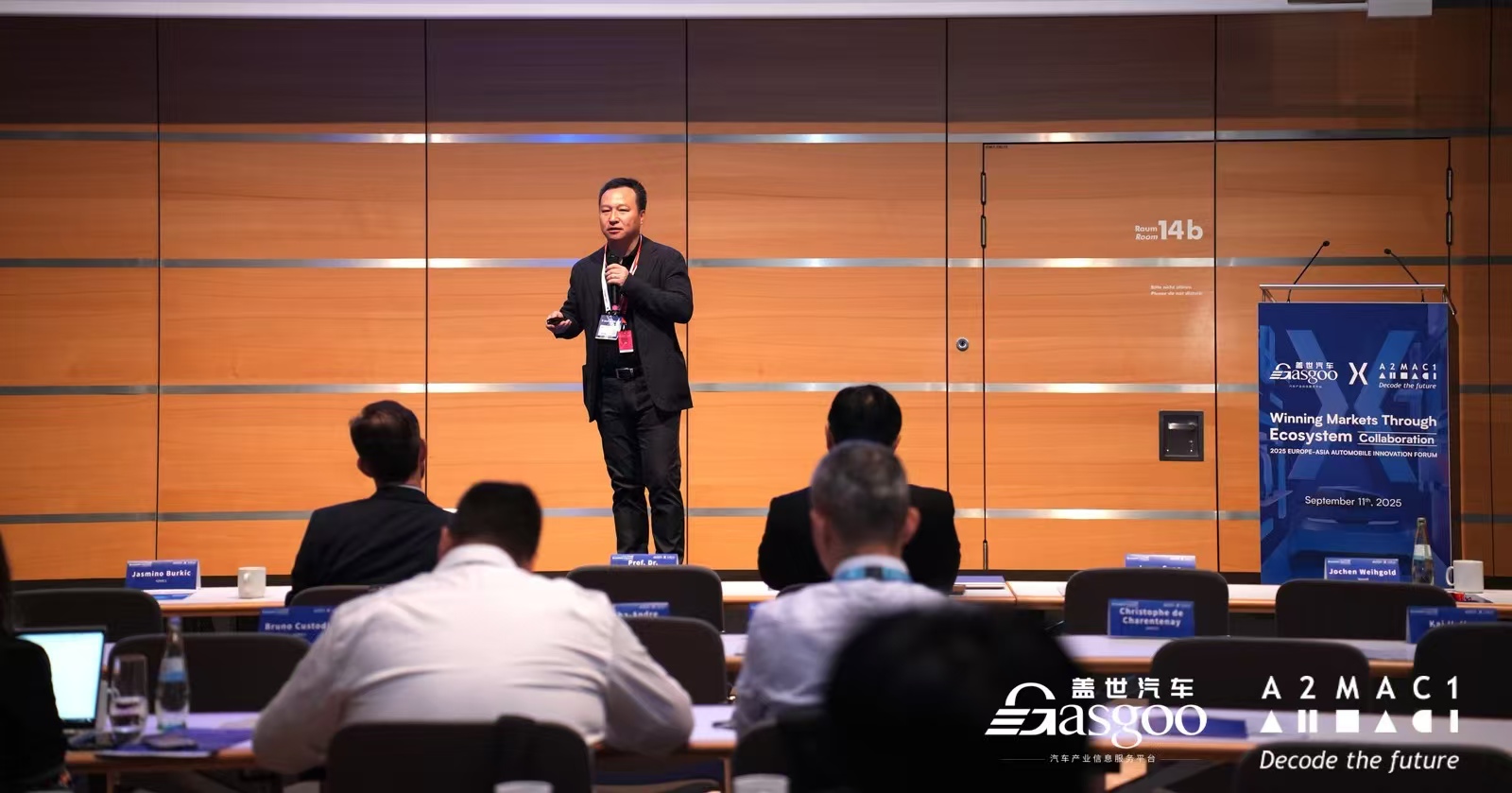
Larry Geng, Co-founder & Executive President, ThunderSoft
Human-Centric Cockpit Intelligence: Building Trust and Safety with AI Interaction
Vivian Yang, Vice President of MINIEYE Technology Co., Ltd., highlighted that in the past, cockpit AI was limited by single scenarios and isolated functions. MINIEYE’s large cockpit AI model, BamBam, combines large and small models to bridge perception intelligence and cognitive intelligence, transforming cockpit AI from a mere tool into an intelligent assistant that can observe, think, and accompany users — redefining the "human-vehicle symbiosis" experience.
In terms of practical application, BamBam focuses on three core scenarios: "Travel Companion," "Life Assistant," and "Emotional Care," turning technical capabilities into tangible user experiences. In the Travel Companion scenario, it integrates with intelligent driving systems to plan routes, introduce points of interest, and automatically generate travel Vlogs. In the Life Assistant scenario, it supports automatic trunk opening, schedule reminders, and automatic parking fee payment. In the Emotional Care scenario, BamBam recognizes user emotions, provides timely comfort, recommends soothing content, or adjusts the cabin atmosphere — helping users feel increasingly understood. Through these four technical pathways and three application scenarios, BamBam delivers personalized, proactive services, advancing the cockpit from a functional tool to an intelligent companion.
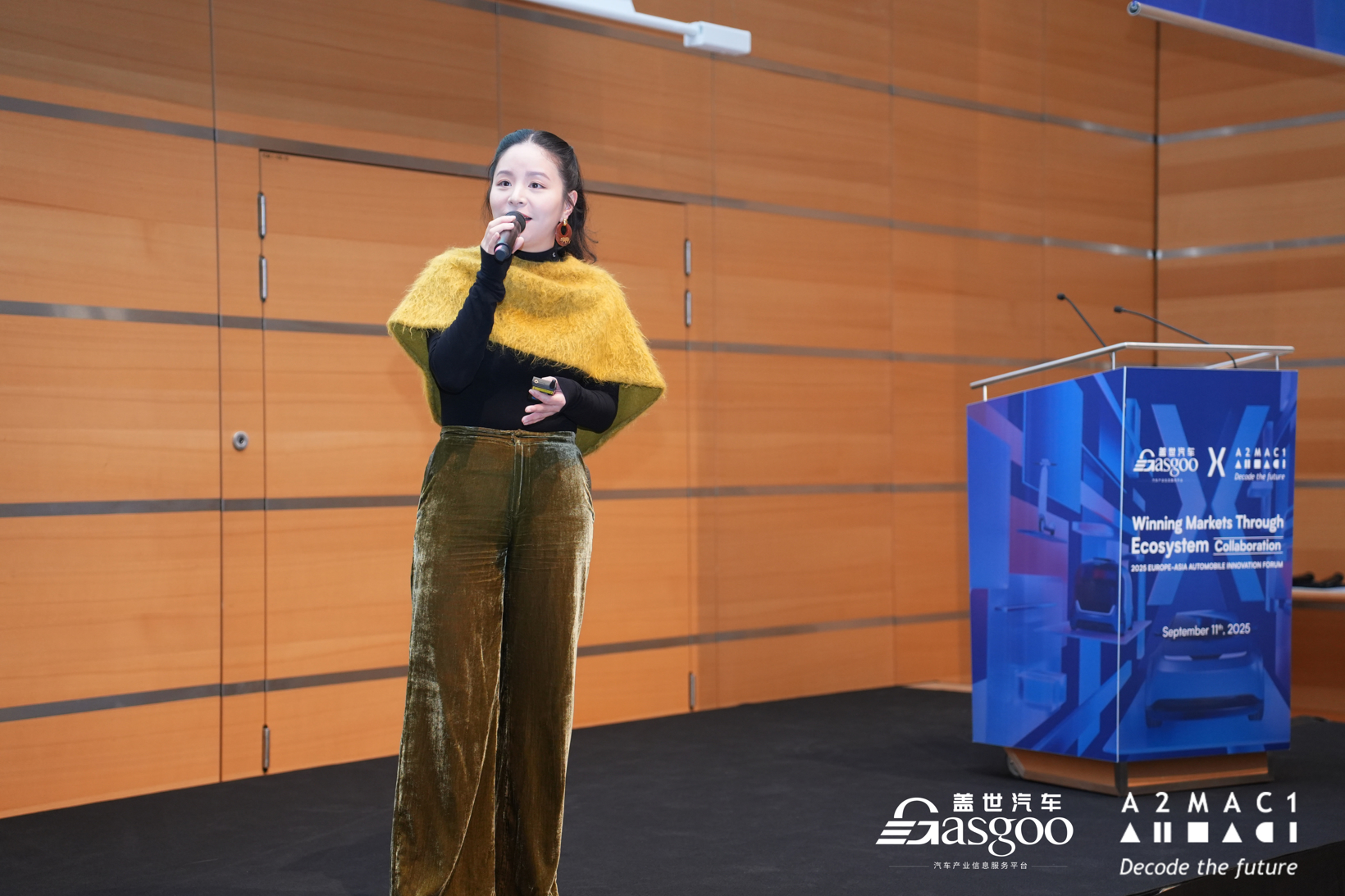
Vivian Yang, Vice President of MINIEYE Technology Co., Ltd.
Session B:Localization Practice of Automotive Industry and Supply Chain
From Europe for Europe
Hui Zhang, Vice President of NIO Europe, introduced NIO's global footprint, noting that the company has established world-class R&D, design, and manufacturing centers in 13 cities worldwide, including Beijing, Berlin, Budapest, Hangzhou, Hefei, Munich, Nanjing, Oxford, San Jose, Shanghai, Shenzhen, and Singapore, forming a comprehensive global innovation network. NIO has brought its products and full-stack service ecosystem to Denmark, Germany, the Netherlands, Norway, and Sweden, and recently expanded into the UAE and Azerbaijan, continuing to advance its global strategy.
At the 2024 NIO Innovation Technology Day, the company unveiled the world's first 5nm autonomous driving chip, the Shenji NX9031. Integrating over 50 billion transistors, its computing power is equivalent to four top-tier industry chips combined, elevating vehicle intelligence and energy efficiency to new levels.
Zhang also highlighted Sky OS, China's first full-stack, self-developed domain-wide operating system, which deeply integrates intelligent driving and connectivity functions. It delivers exceptional performance in service-oriented architecture (SOA) capabilities, computing power utilization, and system security, offering users continuously evolving intelligent experiences through efficient iteration and long-term technical support. The Skyride intelligent chassis system combines fully active suspension, steer-by-wire, and rear-wheel steering technologies to provide aviation-grade handling precision and luxurious ride quality, delivering a cruising experience akin to gliding through the stratosphere.
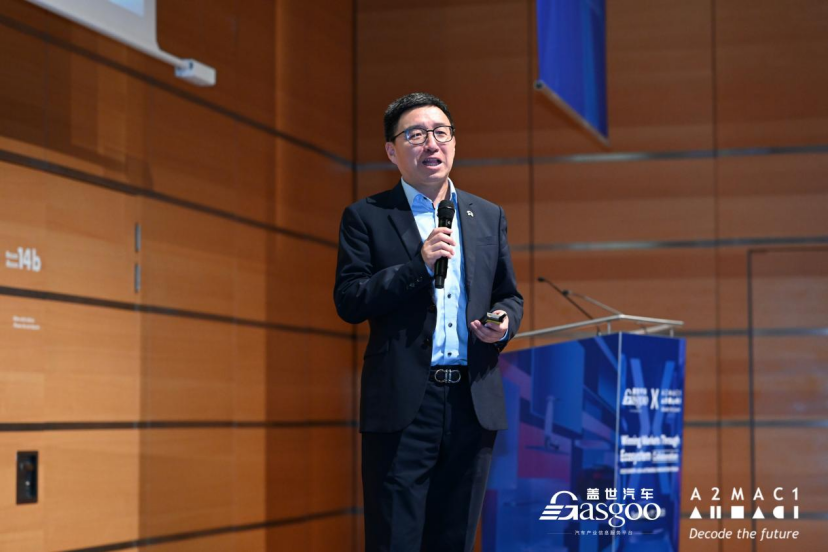
Hui Zhang, Vice President of NIO Europe
AI + Engineering: Accelerating Democratization of Assisted Driving with Safety
Jennifer Jiang, President of iMotion Automotive Technology (Suzhou) Co., Ltd., noted that the company, founded in late 2016 and headquartered in Suzhou, has expanded rapidly with branches in Shanghai, Beijing, Guangzhou, and Wuhan. Over the past few years, it has extended its global footprint, establishing an R&D center in Munich, Germany, and a manufacturing facility in Malaysia.
iMotion offers both software and hardware solutions. On the software side, its portfolio includes core driving functions such as basic driving, highway navigation assistance, and urban navigation assistance, as well as parking features including automatic parking, memory parking, and automated valet parking. On the hardware side, iMotion's key products include two types of intelligent forward-facing cameras (2MP and 8MP), ADAS domain controllers, and compatibility with leading global SoCs such as Renesas, as well as domestic chips like Horizon J3 and J6. With the ongoing integration of vehicle electrical/electronic architectures, iMotion is also investing in the convergence of cockpit and advanced driver-assistance systems (ADAS).
Unlike many software-focused Tier 1 suppliers, iMotion operates its own manufacturing facilities, ensuring sufficient production capacity to meet customer demand. The company currently serves 20 customer groups with over 70 vehicle program nominations, more than 30 of which are already in mass production.
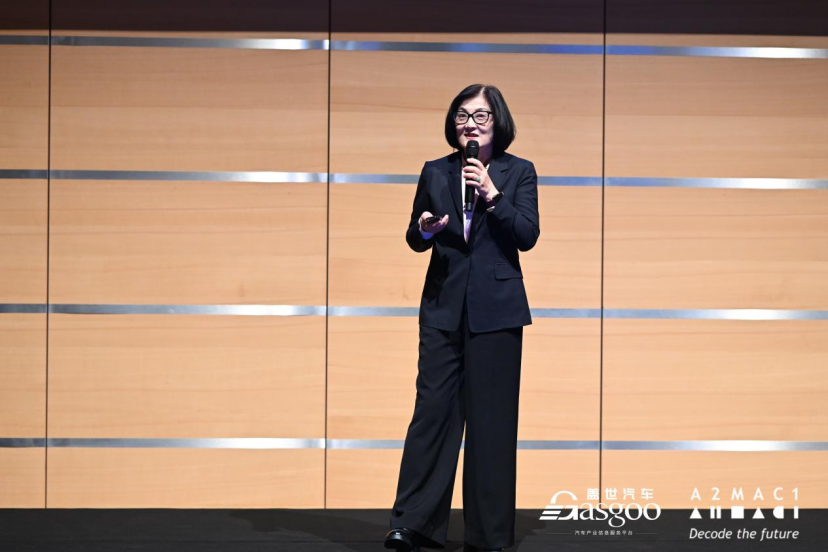
Jennifer Jiang, President, iMotion Automotive Technology(Suzhou) Co., Ltd.
Pioneering Safe Autonomous Driving Through Innovation: Your Trusted Global Partner
Yibo Li, Vice President of QCraft, highlighted that the company balances scale with efficiency in its technology roadmap. Its L2+ NOA (Navigation on Autopilot) solutions have been deployed in partnership with several leading automakers, reaching over 600,000 production units delivered to date. QCraft’s L4 autonomous driving solutions have been rolled out in 26 cities with more than 200 vehicles in operation, serving over 650,000 passengers. The company also offers strong cross-platform adaptability—supporting NVIDIA Orin since 2022, Horizon Journey 5 & 6 in 2023, and partnering with Qualcomm in 2025 to launch a full-stack NOA solution on the Snapdragon Ride platform for global mass production in 2026.
Safety remains QCraft's core strength. The company is certified to ISO 9001, ASPICE CL2, and ISO 26262, and its technology aligns with the Euro NCAP 2023 five-star standard. QCraft plans to establish its European headquarters in Germany in Q4 2025 to advance R&D integration, product localization, and customer support. By working closely with European OEMs and institutions, QCraft aims to drive the industry's leap from today’s L2+ toward future L3/L4 autonomous driving innovation.
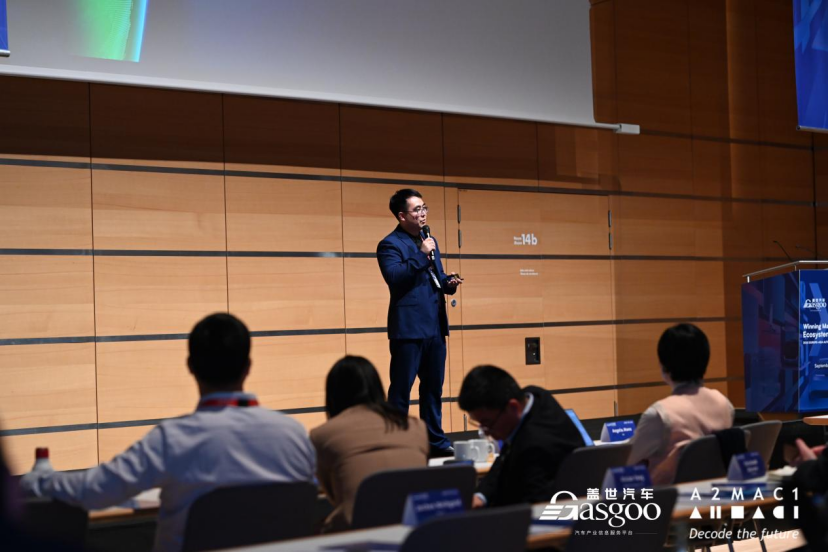
Yibo Li, Vice President of QCraft
Powering a Full-Scenario Autonomous Driving Ecosystem with Next-Gen Chip Innovation
Rock Yang, CMO of Black Sesame Technologies, noted that since 2019 the global market for intelligent vehicles and the penetration of L2/L2+ advanced driver assistance systems have grown steadily, and are expected to reach 96.7% by 2030. He outlined three key phases in automotive chip development: the "Moore's Law Era," where process-node advances drove hardware performance gains; the "Scaling Era" of the intelligent vehicle age, where breakthroughs from CNNs and LSTMs to Transformers enabled chip–algorithm co-optimization; and the emerging "Post-AI Model Era" of edge inference, where bandwidth dictates performance and hybrid model architectures prioritize computing efficiency over scale.
Yang also emphasized the shift in automotive E/E architectures from distributed ECUs toward domain-centralized architectures. System-on-Chip (SoC) solutions are becoming essential to enable higher levels of driver assistance, while autonomous driving and intelligent cockpit systems are converging. More OEMs and suppliers are introducing centralized in-vehicle computers to cut costs and boost efficiency.
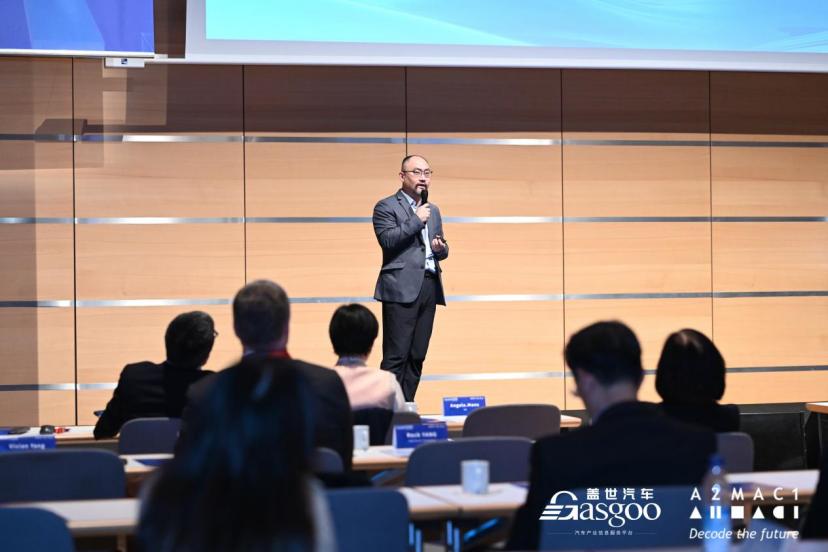
Rock Yang, CMO of Black Sesame Technologies
Session C:Future Smart Cities& Future Energy& Future Automotive Ecosystem
Telenor IoT Presents IoT Drive: Conquering Connectivity Challenges in the Age of Software-Defined Mobility
Kelvin Pan, General Manager, China at Telenor IoT, and Marie Högberg, Head of Automotive at Telenor IoT, noted that Telenor IoT—the IoT business unit of Telenor—has over 20 years of experience and more than 25 million IoT SIM cards in operation worldwide, maintaining an annual growth rate of 24% since 2009. They highlighted that Telenor IoT powers the global ambitions of eight of the top ten Chinese car OEMs. Its IoT Drive platform delivers true connectivity through Managed Connectivity, Consumer Connect, and an AI & Data Engine, underpinned by automotive-grade service levels. These offerings provide global reach, seamless integration and high reliability, enabling automakers to deliver smooth and uninterrupted connected-car experiences.
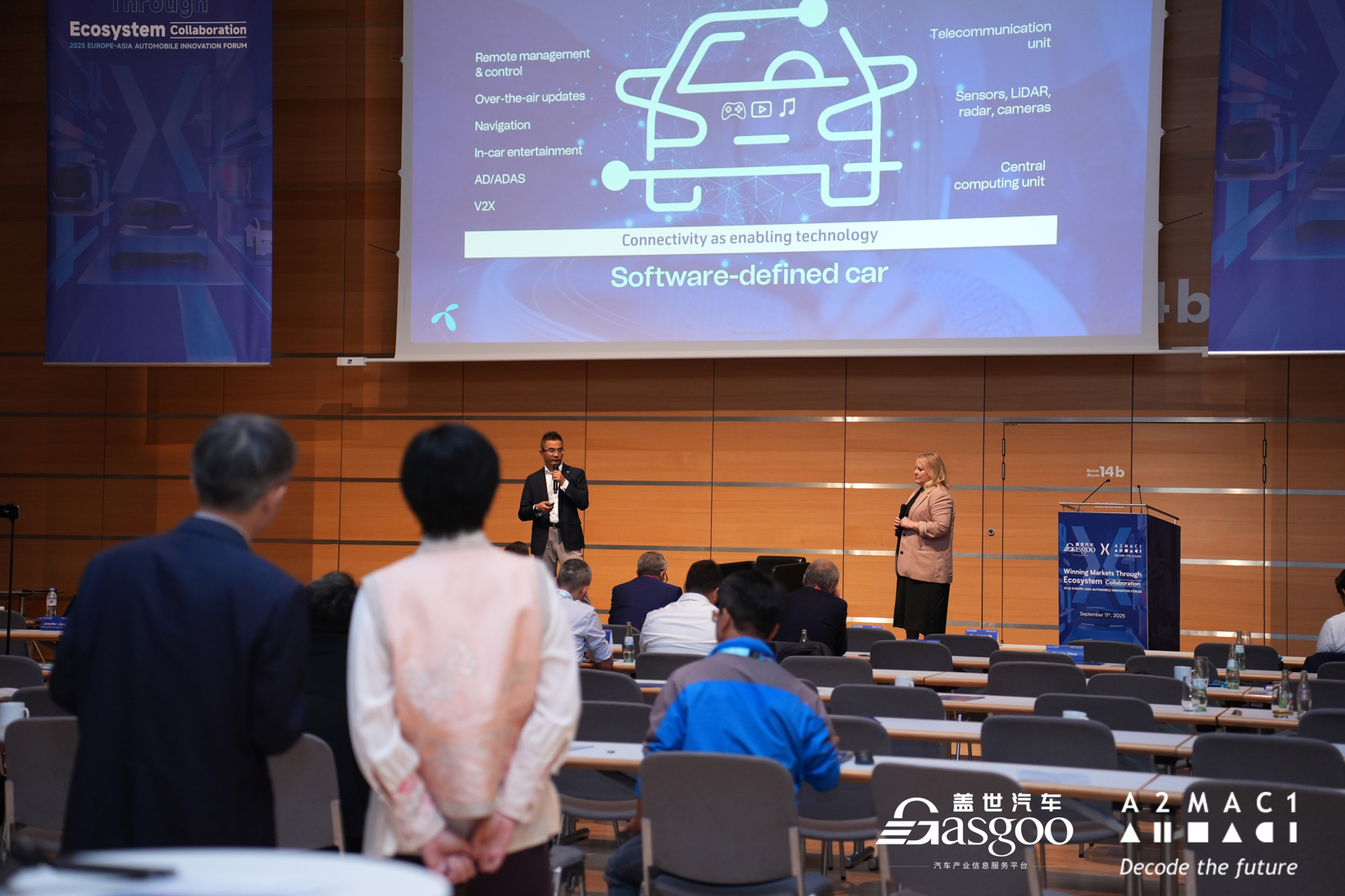
Kelvin Pan, General Manager, China, Telenor IoT (pictured left)
Marie Högberg, Head of Automotive, Telenor IoT (pictured right)
How Can Simulation and AI Boost Time to Market
Yannick Raynaud, Electrification & Emission Control Engineering Director at OPmobility (formerly Plastic Omnium), highlighted the group's long-standing innovation-driven approach since its founding in 1946. OPmobility delivers a broad portfolio of solutions: on the exterior side, body panels, lighting systems, and customized modules; on the powertrain side, technologies for internal combustion, electric, and hydrogen propulsion systems adaptable to various vehicle types. Customers also benefit from the expertise of OP'nSoft, the group's dedicated in-house software subsidiary. In 2024, OPmobility generated €11.6 billion in revenue, employed 38,900 people, and operated across 28 countries with 150 plants and 40 R&D centers.
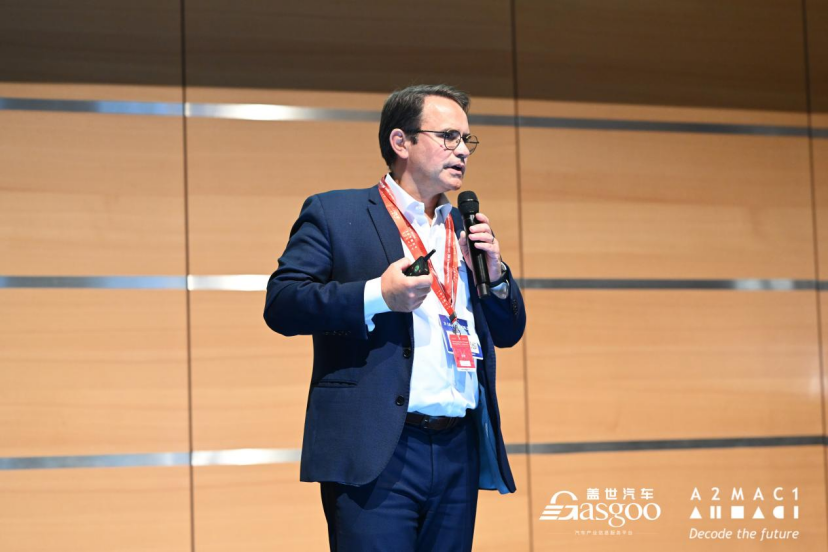
Yannick RAYNAUD, Electrification & Emission Control Engineering Director, OPmobility
How Electrification Accelerated and Triggered Thermal Innovations at Johnson Electric to Support OEM Market Growth
Philippe Charcosset, General Manager of Engineering, e-System Division, Automotive Products Group at Johnson Electric, noted that the company operates 54 plants across 22 countries. He emphasized that Johnson Electric combines its expertise in motors, actuators, and valves with a high level of integration and automation to deliver proven technologies quickly and at competitive cost. By blending China's speed with Europe's engineering excellence and collaborating with leading thermal management partners, the company accelerates both innovation and scale while ensuring high-quality components.
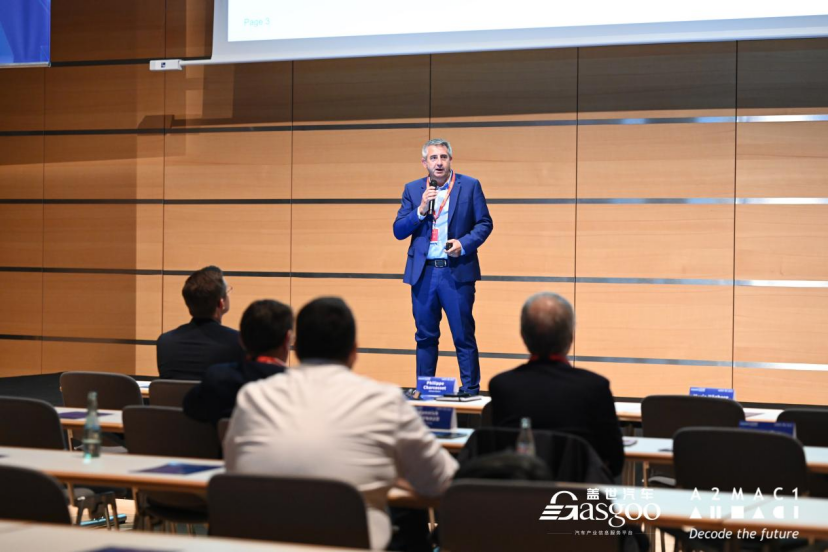
Philippe Charcosset, General Manager, Engineering, e-System Division, Automotive Products Group, Johnson Electric
Decarbonation of Mobility : a Challenge for Customers, OEM and Government
Christophe de Charentenay, Co-founder of SANCEV, noted that the shift to electrification is a massive undertaking involving consumers, governments (particularly on CO₂ policy), automakers, and battery manufacturers — and that Europe and China show striking contrasts in this process.
He explained that European consumers approach EV adoption from a background of four generations of internal combustion engines, while automakers and battery makers are focused on battery production — a field with high costs (over €30,000 per pack) and about an eight-year capacity lag. This drives up vehicle prices, such as the Peugeot e208's 50-kWh version at €34,000. In contrast, Chinese consumers have long experience with two-wheel EVs, and since 2013 China's government has implemented stable, expert-driven policies. The competitive landscape for automakers and battery suppliers in China is intense — some weak players fail — but the result is far lower prices, such as the BYD Seagull's 30-kWh version at €9,000.
On the regulatory side, Europe uses a carbon-footprint accounting approach, which benefits from a single EU standard but skews incentives toward larger, heavier vehicles. France is piloting an environmental scoring system linking subsidies to a vehicle's CO₂ performance, but it has raised fairness concerns over locally produced batteries and the accuracy of transport data. By contrast, China's "dual-credit" system has created a trading market for EV credits among carmakers.
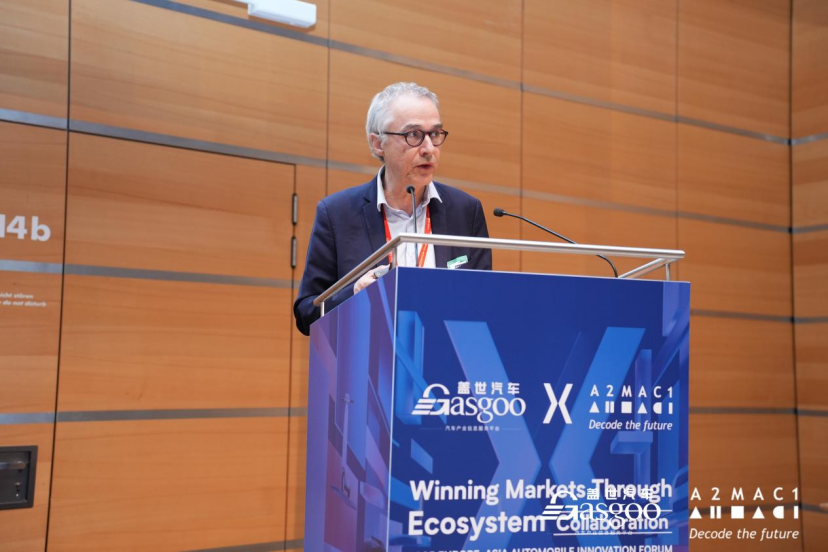
Christophe de Charentenay, Co-founder, SANCEV
Natallia Shauchenka, Principal Expert Consulting at Boston Consulting Group (BCG), delivered a presentation titled "Innovative AI Solutions Helping Automakers Achieve Real Profitability." She highlighted that since its founding in 1963, BCG has been a pioneer in business strategy, supporting clients in achieving growth, building sustainable competitive advantages, and creating positive social impact.
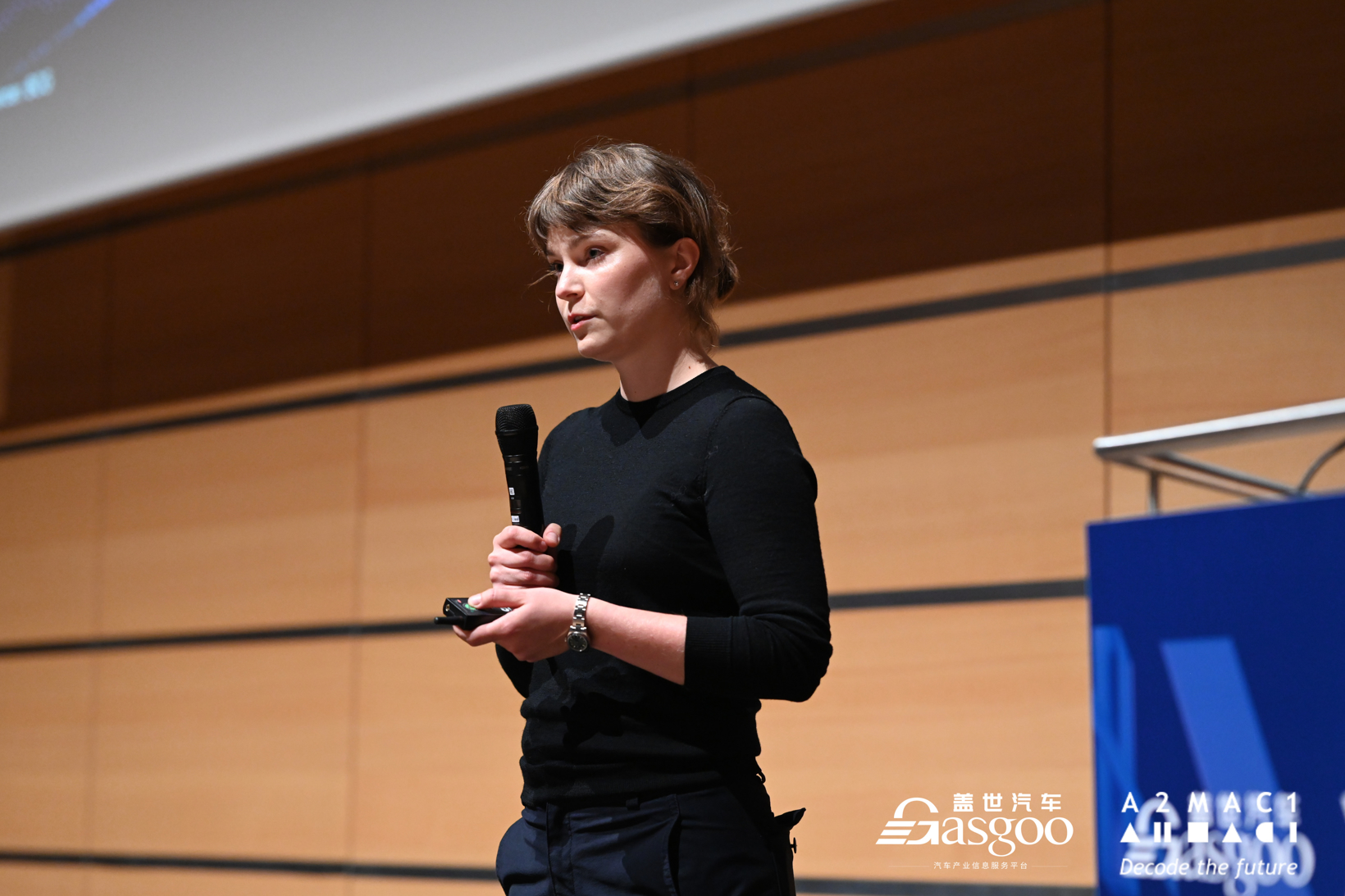
Natallia Shauchenka, Principal Expert Consulting at Boston Consulting Group (BCG)
Panel Discussion丨Smart, Green and Secure: Co-reshaping the Europe – Asia Automotive Ecosystem
At the roundtable themed "Intelligence, Sustainability and Safety: Shaping a New Eurasian Automotive Ecosystem," Tina Zhou, CEO of Gasgoo GmbH, moderated a lively discussion featuring Florian Waimer, North America Director of Customer Engagement at A2MAC1; Hui Zhang, Vice President of NIO Europe; Tim Simon Funk, Executive Vice President of KOSTAL Automobil Elektrik GmbH; and Christoph Stürmer, Founder of cs Beratung.
The speakers highlighted Europe's growing trend toward building open-source ecosystems — spanning open standards, open collaboration and software-defined vehicles. Relevant projects and active foundations are already promoting standard and basic software development, with the industry placing increasing emphasis on applications and algorithmic computing. Meanwhile, China's automotive sector is advancing high-computing development but dedicating significant resources to architecture development. Participants agreed that under industry pressure, open standards will evolve naturally, and the ideal state would be a unified set of global open standards.
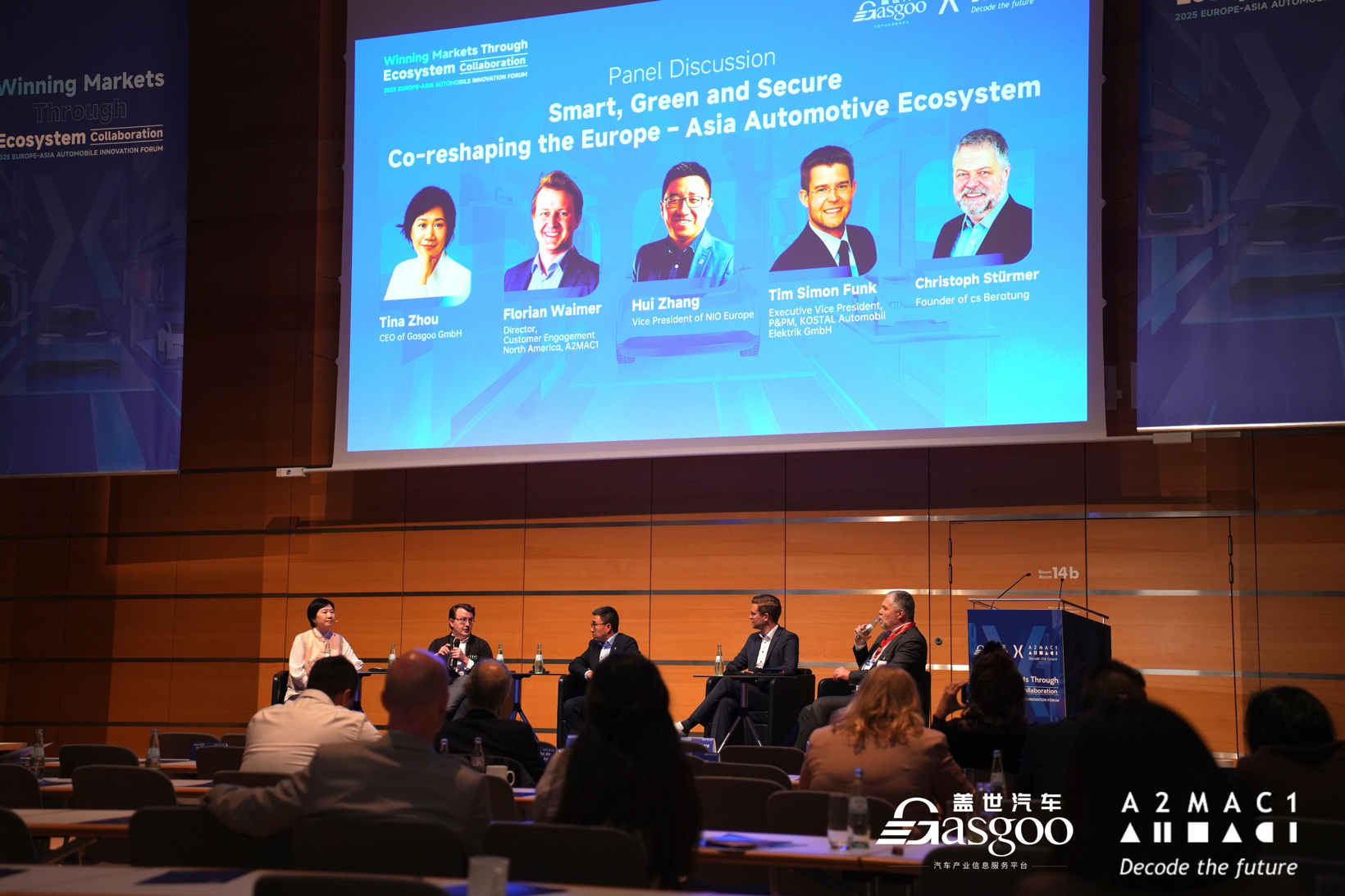 With this, the Europe-Asia Automotive Innovation Forum concluded all sessions successfully. The forum's thought-provoking discussions are expected to continue driving transformation across the global automotive industry, collectively shaping a smarter, greener, and more human-centric mobility future.
With this, the Europe-Asia Automotive Innovation Forum concluded all sessions successfully. The forum's thought-provoking discussions are expected to continue driving transformation across the global automotive industry, collectively shaping a smarter, greener, and more human-centric mobility future.
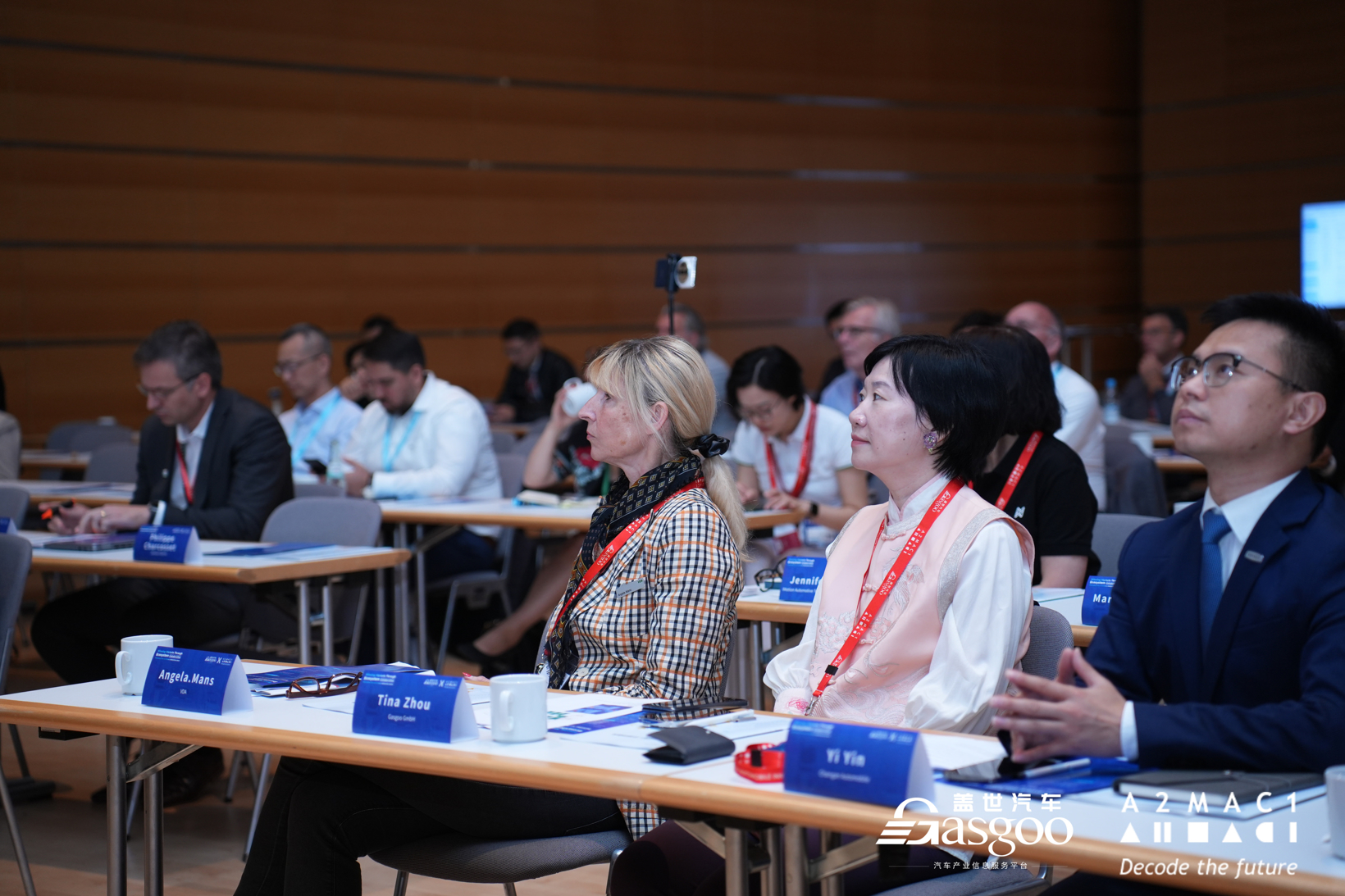
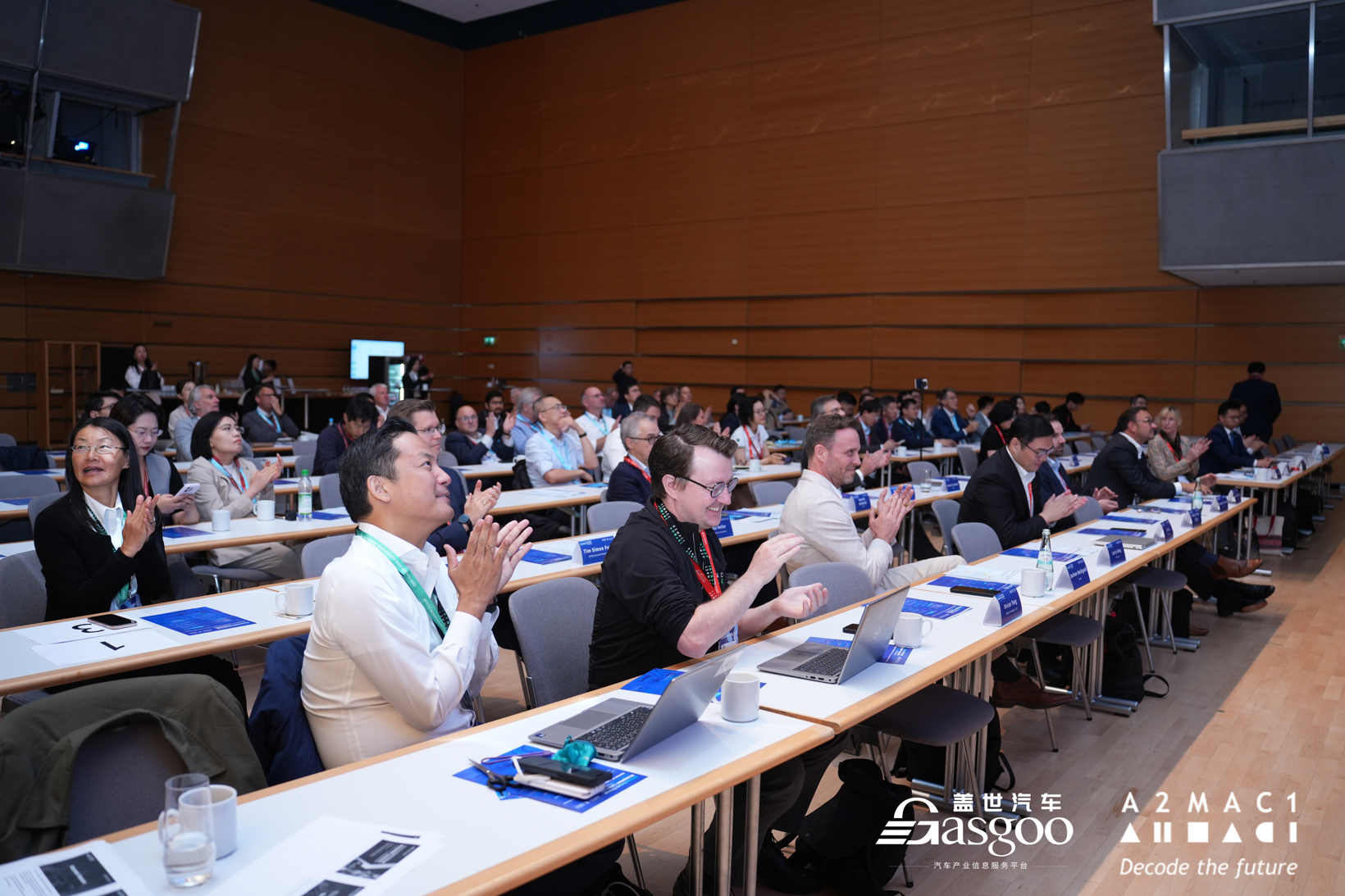
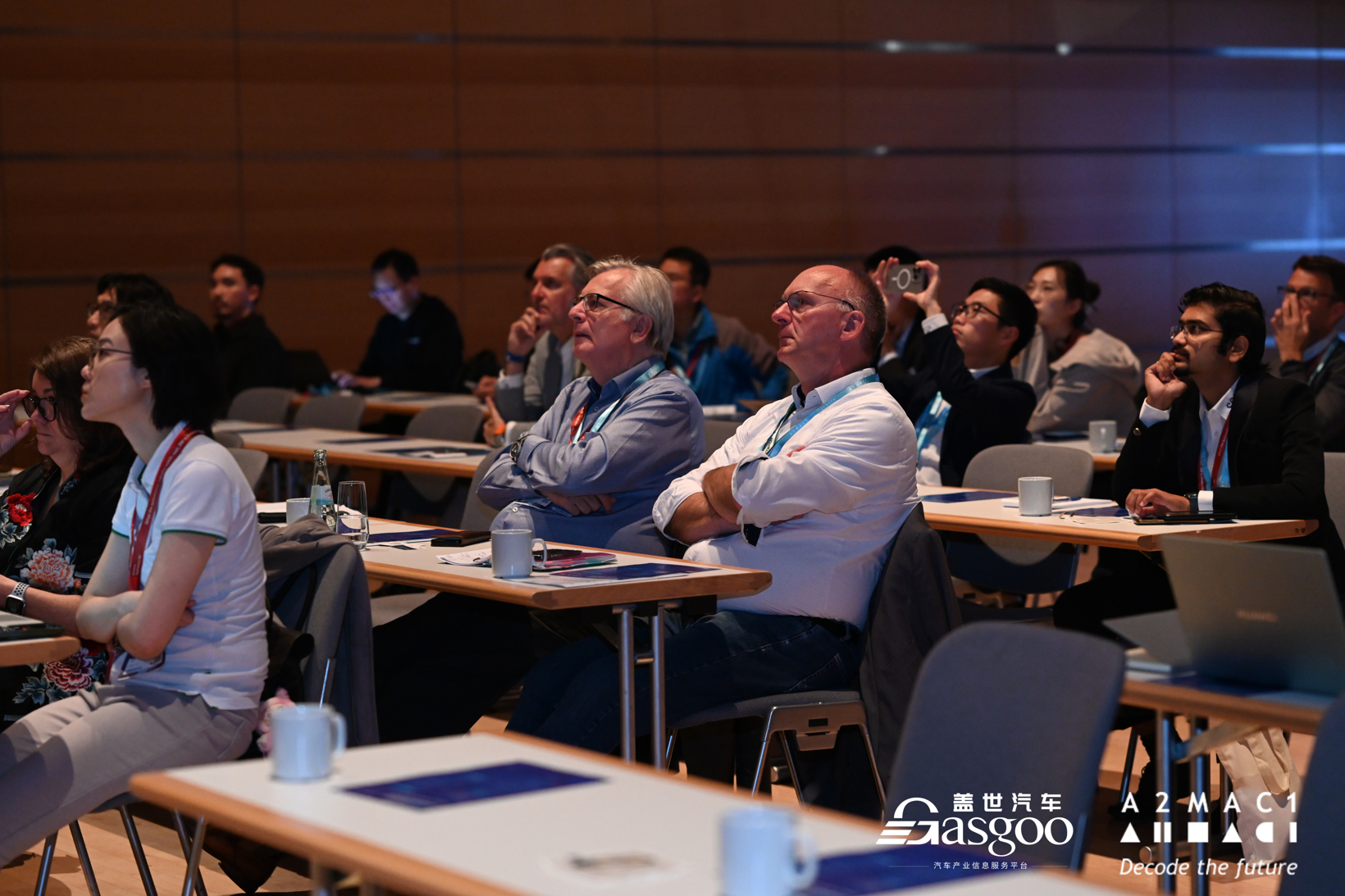
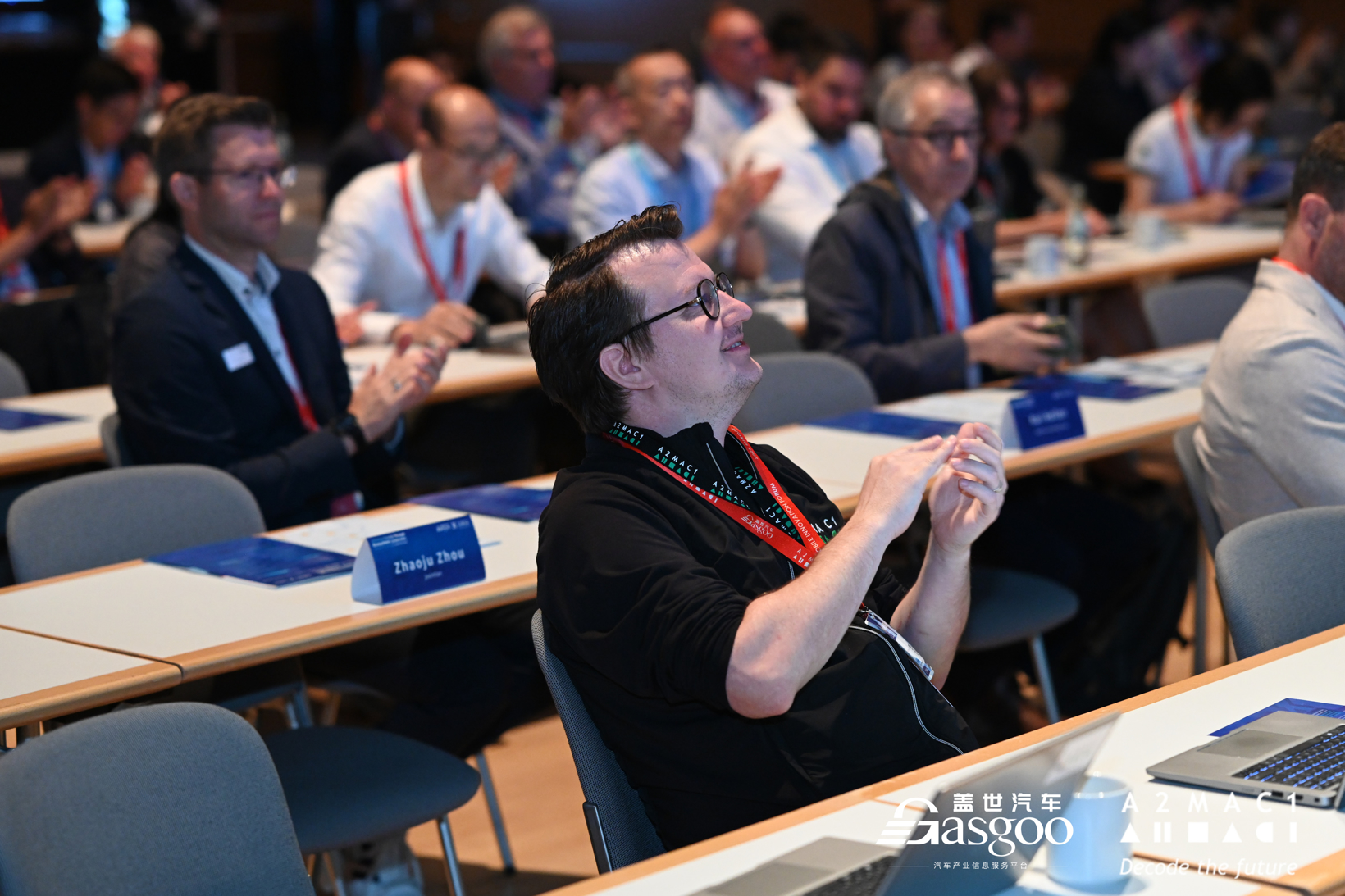
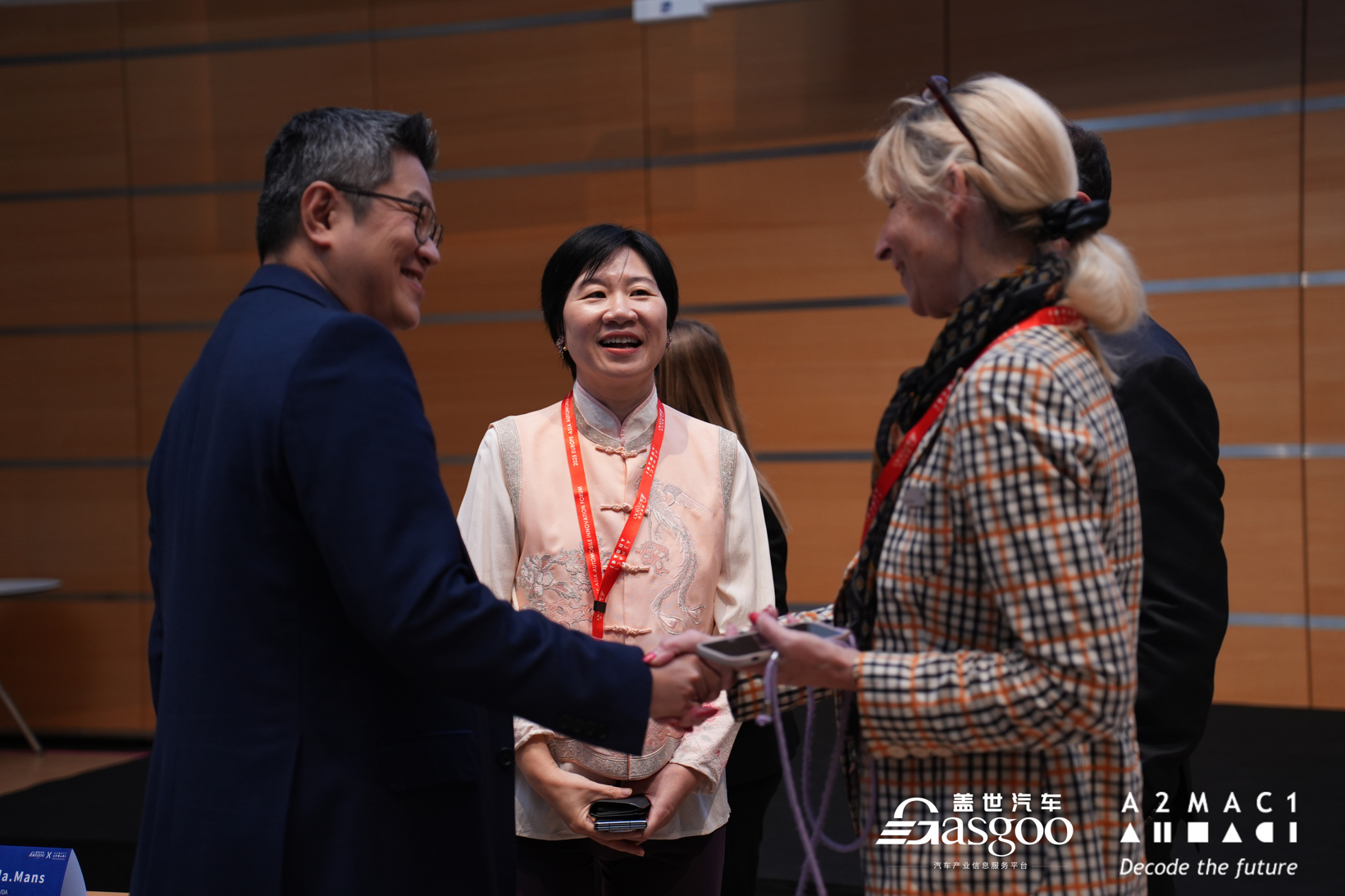
Gasgoo not only offers timely news and profound insight about China auto industry, but also help with business connection and expansion for suppliers and purchasers via multiple channels and methods. Buyer service:buyer-support@gasgoo.comSeller Service:seller-support@gasgoo.com







